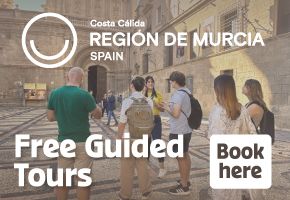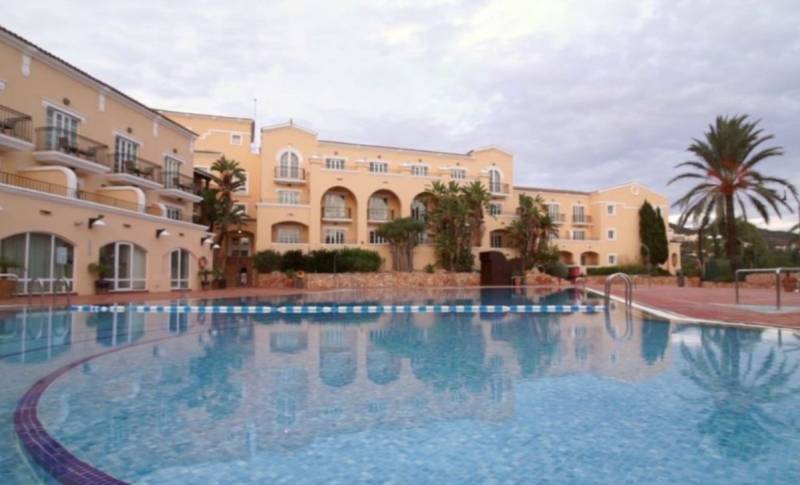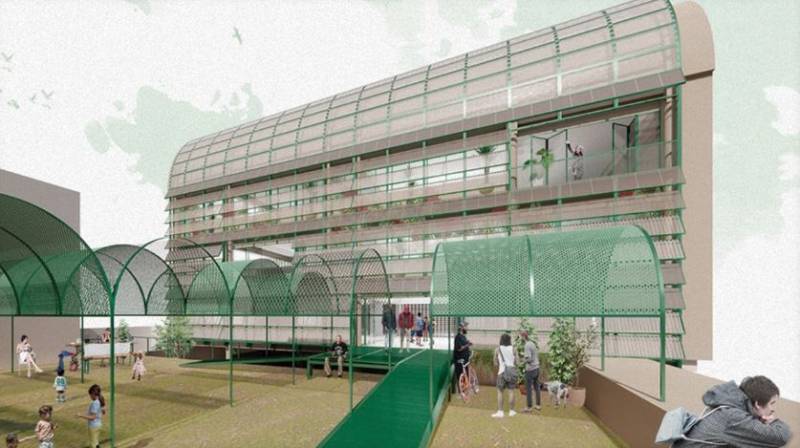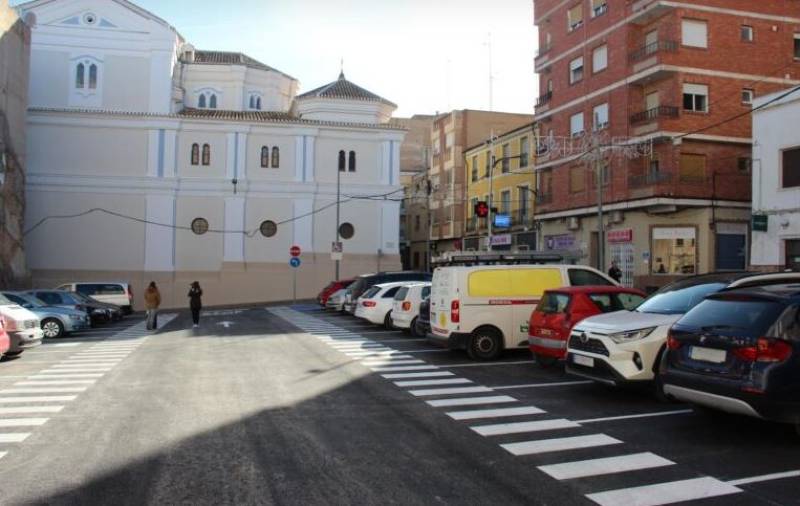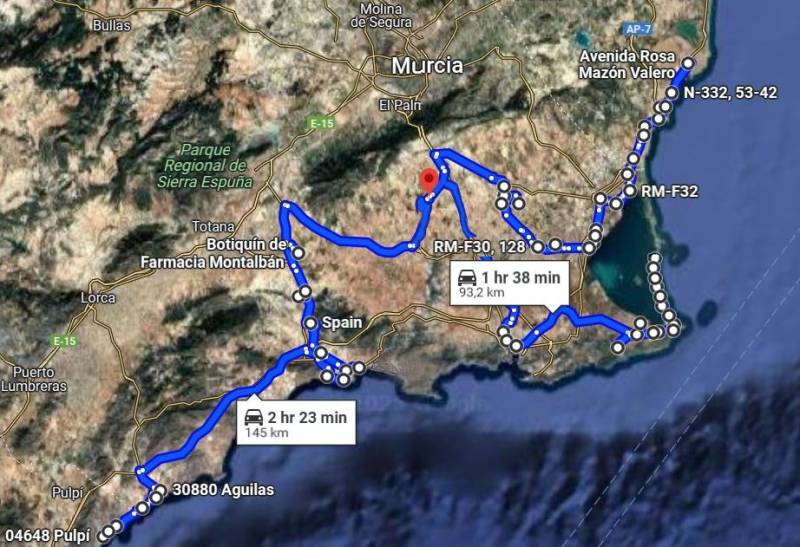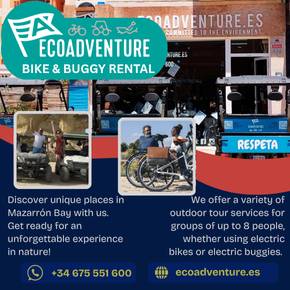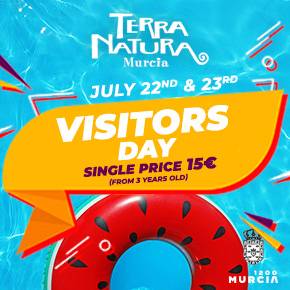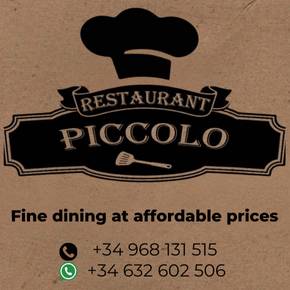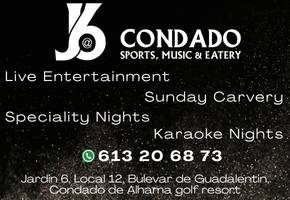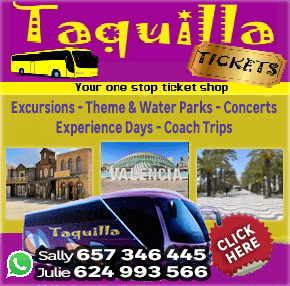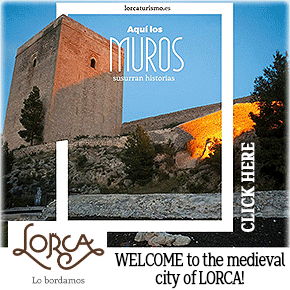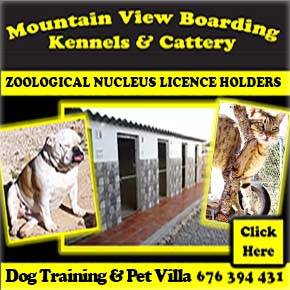
To be listed on the CAMPOSOL TODAY MAP please call +34 968 018 268.
Historic water tanks in Lorca to become sustainable urban park
Lorca’s Santa María neighbourhood will benefit from a green space transformation and rainwater reuse system
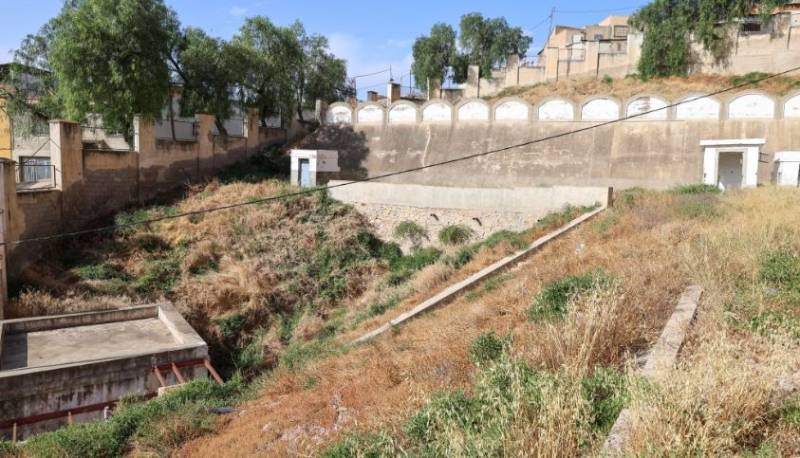
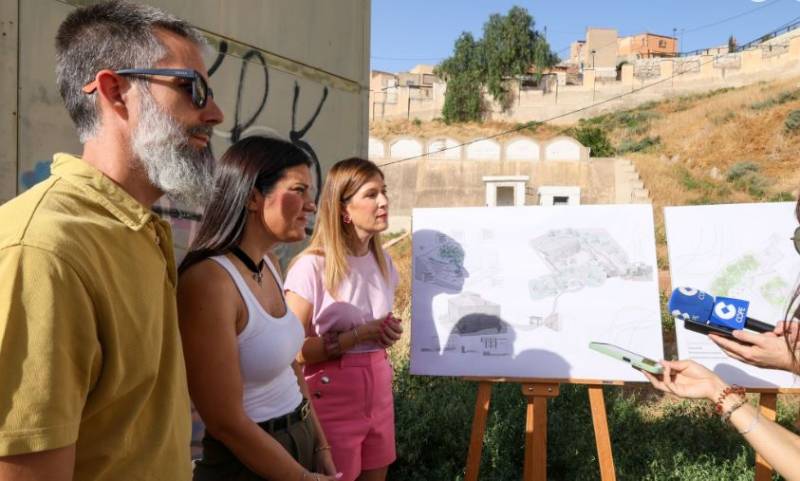 The existing tanks will be repurposed as a central collection and storage system for rainwater. A biofilter will be installed next to the old prison to collect and purify water, which will then be transported to the rehabilitated tanks to irrigate the new park. This closed-loop system will ensure the space can be maintained with minimal external water use.
The existing tanks will be repurposed as a central collection and storage system for rainwater. A biofilter will be installed next to the old prison to collect and purify water, which will then be transported to the rehabilitated tanks to irrigate the new park. This closed-loop system will ensure the space can be maintained with minimal external water use.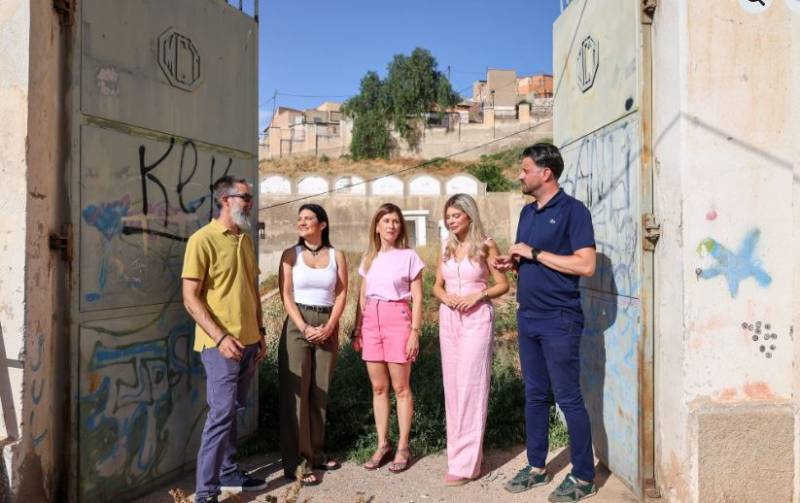 The urban park will feature green walls to reduce energy use in public buildings, recycled insulation materials, bioclimatic zones for shade and cooling and areas for social gathering and recreation. The space will also be better connected with the rest of the city, addressing a long-standing demand from residents.
The urban park will feature green walls to reduce energy use in public buildings, recycled insulation materials, bioclimatic zones for shade and cooling and areas for social gathering and recreation. The space will also be better connected with the rest of the city, addressing a long-standing demand from residents.For more local news, events and visiting information, you can go to the home page of Lorca Today
Images: Ayuntamiento de Lorca
Oficina de Turismo de Lorca

The rich and extensive history of Lorca has left a legacy of archaeological sites, and historic buildings, around which the modern City has built its tourism industry. Amongst these are Lorca Castle, the Jewish Quarter of the castle and Synagogue,  Plaza de España, Colegiata de San Patricio, Museo de Arqueologico Municipal, Iglesia de San Francisco, Casa Huerto Ruano, Palacio de Guevara, Iglesia de San Mateo, Pósito de los Panaderos, Convento Virgen de las Huertas, Antiguo Convento de la Merced, Iglesia del Carmen and the Teatro Guerra.
Plaza de España, Colegiata de San Patricio, Museo de Arqueologico Municipal, Iglesia de San Francisco, Casa Huerto Ruano, Palacio de Guevara, Iglesia de San Mateo, Pósito de los Panaderos, Convento Virgen de las Huertas, Antiguo Convento de la Merced, Iglesia del Carmen and the Teatro Guerra.
Unfortunately Lorca has also been prone to natural disaster, suffering a Gota Fría on September 28th 2012, as well as an earthquake which measured 5.3 on the Richter scale on 11th May 2011 and claimed 9 lives. Since this earthquake the city has been rebuilding, winning recognition for its Lorca, Open for Restoration initiative, which used the restoration of the city as a tourist attraction whilst it rebuilt its historical buildings, some of which are currently still not open.
 The tourist office itself has temporarily relocated until the renovations are completed and is on Calle San Patricio near the church.
The tourist office itself has temporarily relocated until the renovations are completed and is on Calle San Patricio near the church.
Lorca also has an area of coastline incorporating the Parque Regional de Cabo Cope - Puntas de Calnegre, in the Sierra de Almenara, which includes the beaches of, Puntas de Calnegre, Baño de las Mujeres, San  Pedro, El Siscal, Cala Honda, Cuartel del Ciscar, Junquera, Cala de la Gruta, Cala Leña, Los Hierros, Cala Blanca and Playa Larga, although many are accessible only through agricultural exploitations.
Pedro, El Siscal, Cala Honda, Cuartel del Ciscar, Junquera, Cala de la Gruta, Cala Leña, Los Hierros, Cala Blanca and Playa Larga, although many are accessible only through agricultural exploitations.
However, in spite of its many attractions, the name of Lorca is synonymous with Easter, (Semana Santa) its biblical parades of International Tourist Interest status and famous throughout Spain. The week includes a  series of parades in which the whites (Paso Blanco) and blues (Paso Azúl) try to outdo each other with the magnificence of their embroideries and the skill and daring of their horsemen.
series of parades in which the whites (Paso Blanco) and blues (Paso Azúl) try to outdo each other with the magnificence of their embroideries and the skill and daring of their horsemen.
Lorca also has a Parador hotel, located within the complex of its historic castle.
Opening hours for Lorca Tourist Office:
- Monday to Friday: 10.00 to 14.00 and 16.30 to 19.00.
- Saturday: 10.00 to 14.00 and 16.30 to 18.30.
- Sunday: 10.00 to 14.00.
For more local news, events and visiting information go to the home page of Lorca Today



